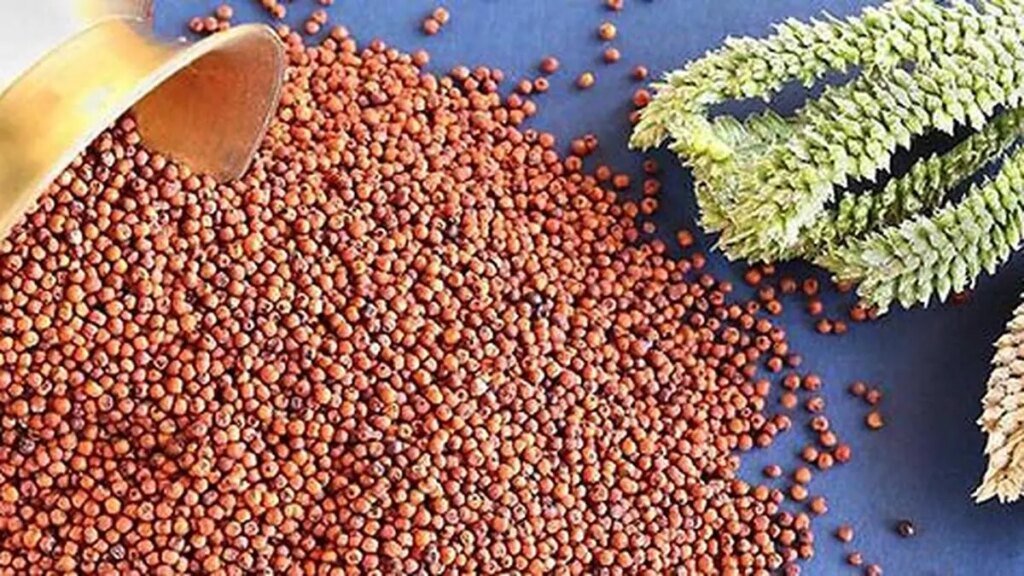Chinese airlines apply for slots at Delhi, initiate steps to resume flights

Crew members holding a Chinese national flag pose for pictures in front of a plane of the China Southern Airlines
| Photo Credit:
CHINA STRINGER NETWORK
Chinese carriers have applied for slots at Delhi airport and have initiated steps to resume flights after a gap of five years.
While IndiGo is preparing to relaunch flights to Chengdu and Guangzhou, four Chinese carriers have shown interest to restore the air connectivity.
These include Air China (from Beijing), China Eastern Airlines (from Shanghai), China Southern Airlines (from Guangzhou) and Shandong Airlines (from Kunming). China Eastern Airlines is also keen to relaunch flights between Kunming and Kolkata, it is learnt.
“The Chinese carriers are waiting for the green light and are hopeful of resuming service from the winter schedule,” said a person familiar with the matter.
Foreign airlines planning to operate flights to India are required to obtain an operating authorisation from the Directorate General of Civil Aviation (DGCA). For that purpose the airlines have to submit information such as names and nationality of its board members, operations manual, details regarding its fleet etc. The airline also needs to have their security programme approved by the Bureau of Civil Aviation Security and that needs to be submitted to the DGCA.
“Operating authorisation is valid for five years and since Chinese carriers have not been flying to India since February 2020 that has lapsed,” said a source.
Following the visit of Chinese foreign minister Wang Yi, the ministry of external affairs said both sides have agreed to resume direct flight connectivity at the earliest and finalise an updated air services agreement.
This agreement allows carriers from both sides to operate 42 flights each per week. Prior to the pandemic while Chinese carriers were utilising the quota fully, Indian carriers operated 19 weekly flights.
Hong Kong, Singapore and Bangkok are the largest transit points
Over half a million passengers flew between India and China (two way) in fiscal year 2025 and the number is set to grow with the planned resumption of flights.
In the absence of non-stop flights, passengers between India and China are transiting via Hong Kong, Singapore, Bangkok, Kuala Lumpur and other cities.
Hong Kong and Singapore are the largest transit hubs for travel between India and China with each having a market share of around 30 per cent in FY 2025.
“Demand for China has shown steady recovery, led primarily by business travel and trader traffic. There is an upward momentum, especially on key routes linked to technology, manufacturing hubs. We remain one of the top three carriers on the India-China route, and witness strong medium-term growth potential, supported by the return of corporate travel,” Hong Kong-based Cathay Pacific said.
The airline said it is seeing tremendous growth in its air-to-sea product which enables passengers to travel onward from Hong Kong in a ferry to Guangzhou and Shenzhen.
“We continue to see healthy demand for both business and leisure travel between India and China, and this remains an important market for Singapore Airlines,” the airline said.
Passenger traffic flows into China are growing with relaxation of visa norms. After the implementation of the visa-free policy and 240-hour transit visa-free policy in China, the number of international inbound tourists have increased significantly,” International Air Transport Association said in June. Outbound travel is recovering too. However, flights between China and the US continue to remain capped below pre-pandemic level.
“Malaysia Airlines continues to see encouraging performance on its China routes with average loads exceeding 85 per cent. While demand is generally stronger into China, the airline has also observed increased outbound travel from China during Chinese summer holidays,” said airline’s chief commercial officer Dersenish Aresandiran.
He added Malaysia Airlines is also seeing an increase in inquiries for group leisure travel from India to China.
Published on August 24, 2025



